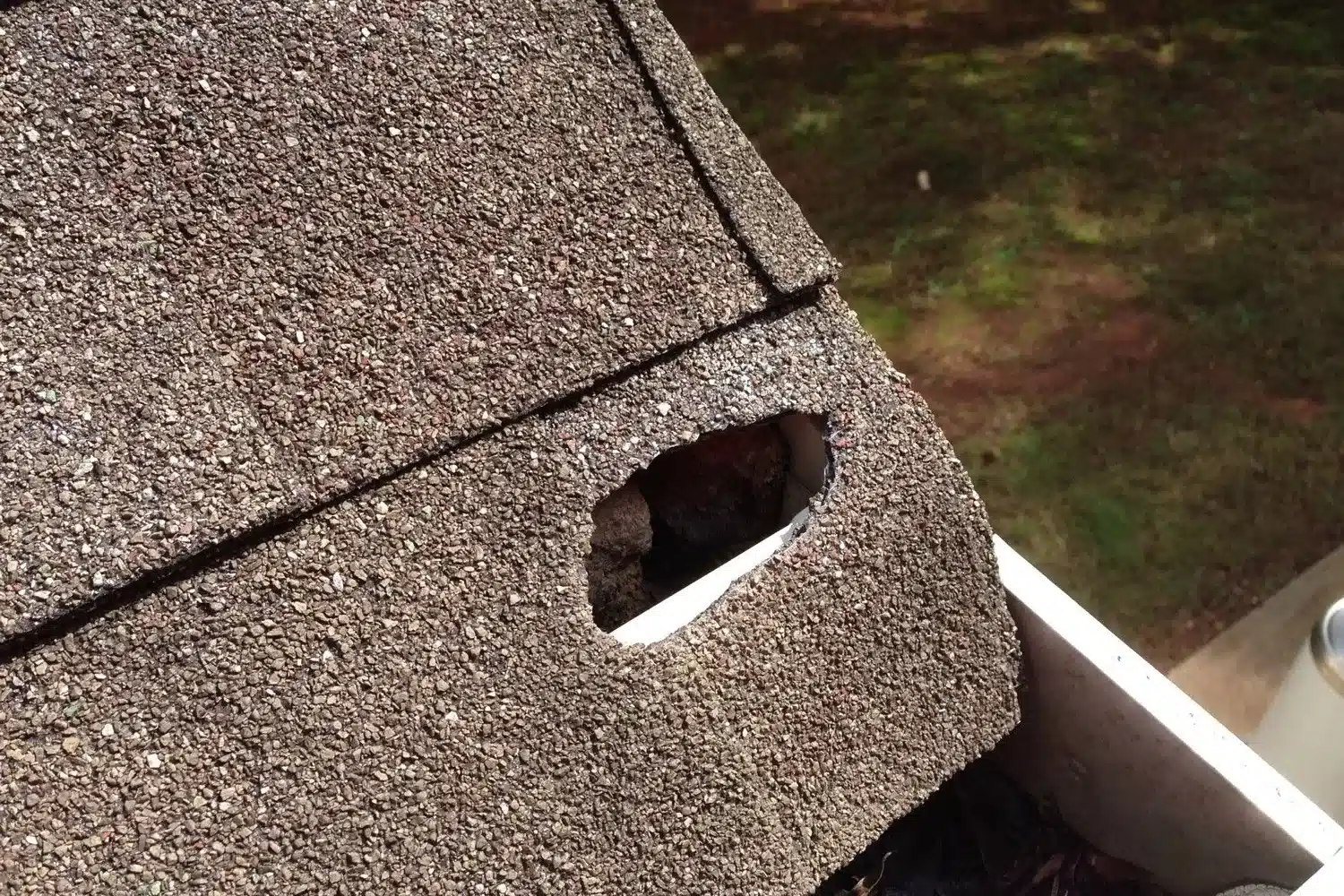Critters getting inside your home or attic?
Call WEBBCON Wildlife Removal Today!
“YOUR PEST PROBLEMS ARE OUR BUSINESS”
So, let’s talk critters and how these pests get into our homes. Wildlife like squirrels, bats, rats, snakes, raccoons, and even insects can get into our attics and homes through various different points on our homes. Part of every wildlife removal and trapping service should include a full inspection of the structure to determine exactly how the animal found its way inside in the first place. That inspection should not stop once a single entry point has been found. Many times there are more than one entry hole the animal is using. Frequently animal entry point on your home started when the animal found a gap or weak spot leading inside. If these gaps are not large enough for the animal to get in they can chew it bigger in a matter of minutes. Any known entry holes should always be sealed closed once the wildlife has been trapped and removed. In almost every situation there are additional construction gaps and weak points on homes that will allow future animals to also gain access inside. It happened once and the likelihood is great that other wildlife will find their way inside in the future. Some of these gaps are big enough for the animal to make entry with little to no effort. Other gaps are smaller in size. Smaller gaps can be chewed larger in a matter of minutes so the animal can then entry with easy. Animals love to take up residence inside attics, eaves, crawl spaces and other areas of our homes because it is out of the elements and offers a safe place to live and raise young. Many times our homes are also near great food sources like bird feeders, acorn trees, etc.
Knowing what to look for and where to look on the house and other buildings is crucial in completely resolving a critter problem for good. Every building has regular construction gaps that lead inside. These gaps are weather proof but not always critter proof. Most of these gaps lead directly into the soffits and eaves. Once access is made into the eaves the animal has full access to the attic and then into any wall void, etc. from there. Many times wildlife do not need existing gaps to get inside. Wildlife can and will at times chew straight through solid wood and vinyl to gain entry inside. Below are several pictures of the common, and a few uncommon, ways wildlife get into our homes and attics.
Linear construction gaps (below) on the edge of the roofline, just behind the gutters are probably the most common entry points we see that allow critters to gain access into attics. Most every home will have these gaps. Properly installed gutter guards can seal these gaps off to wildlife. However, if the animal can get into the gutters underneath the gutter guards they can easily get through these gaps. It is very important that the gutter ends and the downspouts are also sealed tight to deny access to smaller animals like flying squirrels, grey squirrels, rats and mice.

Linear construction gaps
Gable vents (below) are another very common access point for wildlife. Most gable vents come standard with thin screening on the inside. After time this screen can tear and break down. Many critters will easily tear through the screen and make their way inside the attic.

Entry hole in gable vent
Eave to roofline gaps (below) make for easy access into attics. Squirrels, bats and rats take advantage of these gaps frequently. As animals run around on roofs these gaps are very easy for them to find. Many homes will be constructed so that the eave material fits tight to the joining rooflines. When they are not and the gap is large enough wildlife can walk right through into the attic. If the gap is small most wildlife can easily chew through making the gap larger enough.

Eave / soffit to roofline gap
Ridge vent gaps are not as common as the ones listed above. However, these gaps do regularly allow critters to get into attics. Smaller animals such as bats, flying squirrels and mice find their way in using ridge vent gaps. If the ends of the ridge vents are not sealed off or if the edges of the vents are not sealed down firmly they can allow access to the gaps underneath. On a few occasions larger wildlife like raccoons have pulled back ridge vents and used the gaps to get inside attics.

Attic ridge vent gaps
Chew holes (below) are frequently found in building material. When wildlife discover a small gap it takes them no time at all to chew a hole large enough for easy access inside. Many times there does not even have to be gaps for rodents to get started. Grey squirrels, flying squirrels, rats and mice can chew directly through facia boards, wooden soffits and vinyl eaves to gain access inside. They will also frequently chew additional holes for them to entry or exit at different points on the home.

Rat chew hole in roof

Flying squirrel chew hole in vinyl soffit

Squirrel chew hole in wood and roof
Also visit WEBBCON on Facebook, Google+ and YouTube.

